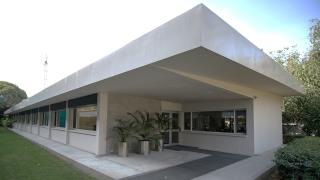Thailand’s dumpsites contain close to 190Mt of low-quality plastic waste, comprising mainly degraded and aged materials that pose challenges in terms of economically viable recycling methods. SINTEF looks at the potential opportunities offered by co-processing in the cement industry. By Anneli Alatalo Paulsen, Dr Kåre Helge Karstensen and Palash Kumar Saha, Foundation for Scientific and Industrial Research (SINTEF), Norway.
Plastic’s versatility and affordability have brought numerous benefits, including improved food safety, durable construction materials and sterile medical supplies. However, the escalating production and consumption of plastics have led to a significant increase in plastic waste, causing transboundary pollution. Global primary plastic production reached 438Mt in 2017, with projections to reach 1.1bnt by 2050.1 The slow degradation of plastic waste results in the formation of microplastics threatening marine life and ecosystems.
Currently, there are 5bnt of plastic waste in dumpsites, landfills and the environment, posing a ticking time bomb as it degrades into microplastics. In addition, each year, about 8-10Mt of plastic waste enters the oceans from direct discharge.2 Thailand, with its thriving tourism industry and extensive coastline, contributes significantly to ocean plastic waste.
